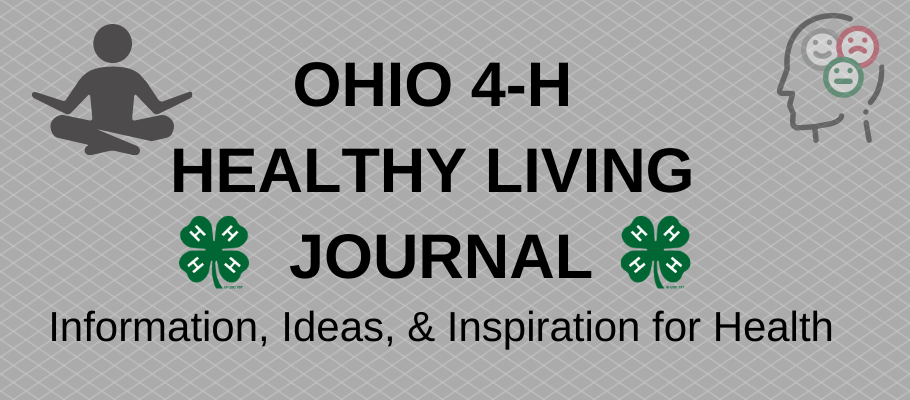by Laryssa Hook, 4-H Educator, Delaware County
This month we recognize National Bullying Prevention Month, which brings back memories of when my son was in elementary school. I recall seeing the school’s number as an incoming call on my phone, which always made me take a deep breath before answering. My thoughts raced. Did my son do something, or did someone else do something to him? He struggled with his emotional responses when things varied from the black and white rules. One larger kid sometimes picked on him, and he felt a lack of control in these situations. Sometimes my son pushed back. Who was the bully? Was it bullying behavior or just mean behavior?
By definition, bullying is unwanted, aggressive behavior and must have two factors: (1) an imbalance of power and (2) repetition. The imbalance of power can be related to physical strength or to social status. It can be a real imbalance or a perceived imbalance. Repetition is when the bullying happens more than once or if it has the ability to happen again.
National data indicate that about 20% of youth ages 12 to 18 experience bullying. Those young people who are thought of as different from their peers are more at risk of being bullied, such as:
- youth with a mental health diagnosis
- youth with disabilities
- youth who identify as LGBTQ+
- youth in a racial minority in their community
- youth who are underweight or overweight
What if you suspect a child is being bullied or is exhibiting bullying behavior to others? The reality is kids can be in both roles, and it can change as these relationships evolve. It is important to talk to children about the topic, even if you don’t think a child is involved in bullying behavior. Tips on how to talk about the subject of bullying and what you can do are available at the stopbullying.gov website. This website also has resources on cyberbullying, federal laws, and what schools and kids can do.
Eventually, my son learned coping techniques for managing his emotions, and he learned how to stand up for himself. His reports of feeling bullied lessened. Was he truly bullied or was he consistently picked on by others.? We never differentiated it but using some of the techniques to stop bullying helped him and that was what mattered to me.
Reference
U.S. Department of Health and Human Services. (n.d.). Learn how to identify bullying and stand up to it safely. http://stopbullying.gov
